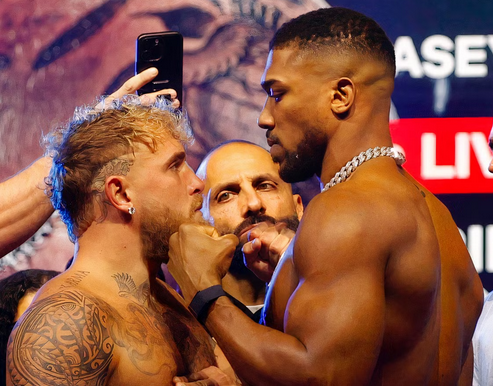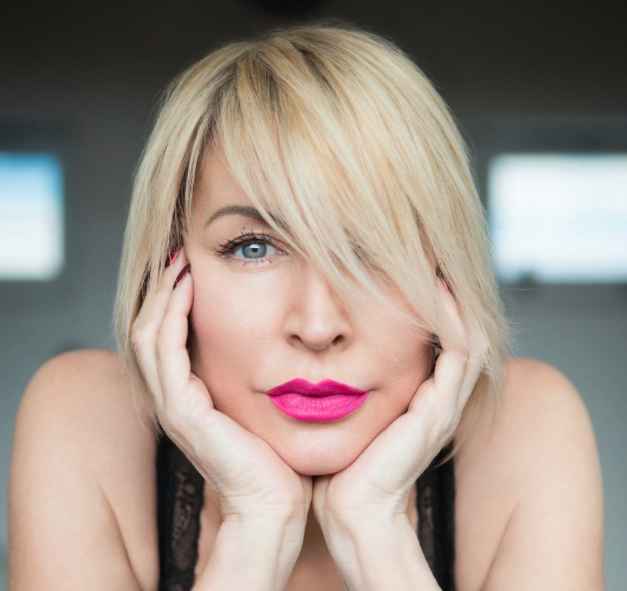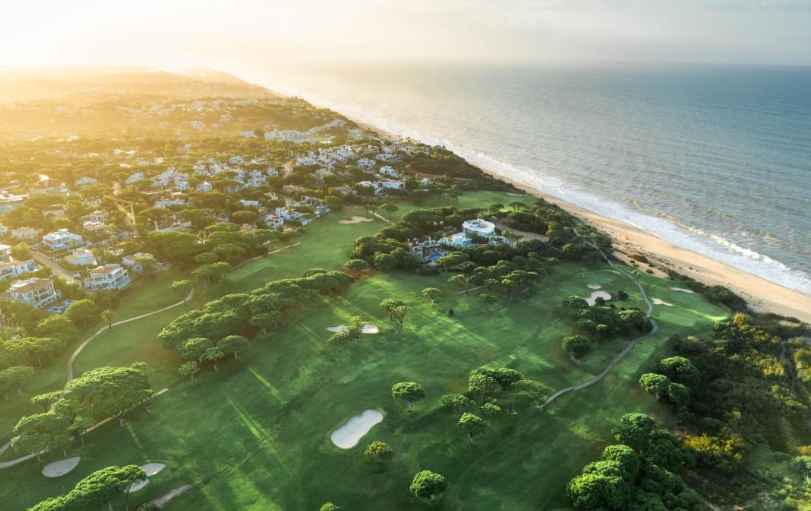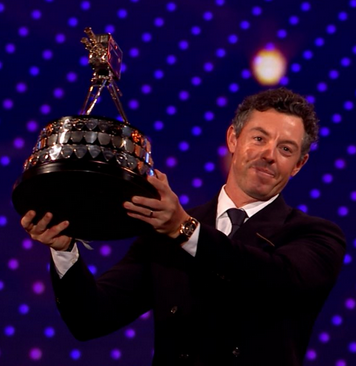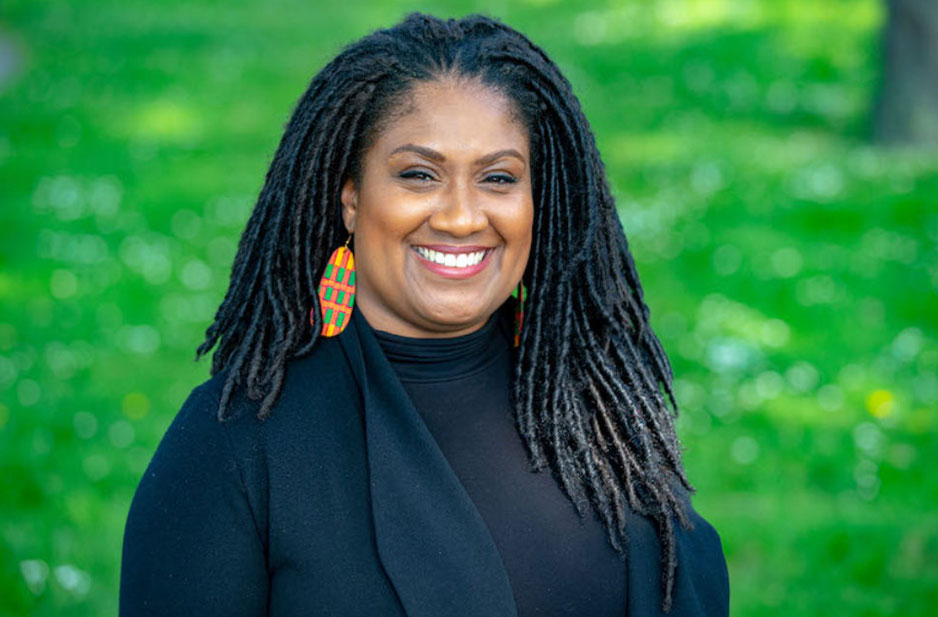Set to be far simpler than those of previous popes, as a head of state and leader of more than a billion Catholics worldwide, Pope Francis’ funeral was still expected to be a spectacle of a ceremony and tradition, with his death drawing famous figures, politicians, and thousands of followers to Vatican City to pay their respects.
As hundreds of members of the clergy, with each group having a specific dress code for the service, Archbishops and bishops got things going in the Constantine Wing, a corridor adjacent to St Peter's Basilica, at the same time, Catholic priests congregated in St Peter's Square. Patriarchs from the Orthodox church and cardinals then congregated in Saint Sebastian Chapel, inside the basilica, where the remains of Pope John Paul II lie.
In addition, officials expected at least 250,000 members of the public to attend the funeral, on top of the approximately 170 heads of state and/or government officials on the guestlist. After walking in a procession accompanying the Pope's coffin, which spent the last four days in the centre of St Peter's Basilica, while the coffin laid in the square in front of St Peter's Basilica, the service was led by the dean of the College of Cardinals, Cardinal Giovanni Battista Re.
Guests and dignitaries, including Prince William, who represent King Charles III, Spain's King Felipe VI and Queen Letizia, French president, Emmanuel Macron, US president, Donald Trump, and Brazil's President Luiz Inácio Lula da Silva, were seated closer to the basilica and coffin, with thousands of other clergy and members of the public in and around St Peter's Square.
With the service ending with prayers for Pope Francis, a final commendation - a concluding prayer where the Pope will be formally entrusted to God – followed, marking the beginning Novemdiales - a nine-day mourning period with a mass held every day in his memory. After the service, Francis's body was transported to the basilica of Santa Maria Maggiore in Rome for burial, where he became the first Pope since Leo XIII, who died in 1903, to be buried outside the Vatican.
Traditionally, the Pope's remains would have been enclosed the day before the funeral in three nested coffins, made of cypress, lead, and oak. The cypress coffin symbolised humility and mortality; the outer oak coffin, a sign of 'dignity and strength' and the lead coffin, welded to preserve the remains and prevent tampering.
Last year, however, Pope Francis requested that he be buried in a simpler wooden coffin with a zinc interior. This is the coffin that was seen in the funeral service.
In his will, Pope Francis said: "Throughout my life, and during my ministry as a priest and bishop, I have always entrusted myself to the Mother of Our Lord, the Blessed Virgin Mary.
"I wish my final earthly journey to end precisely in this ancient Marian sanctuary, where I would always stop to pray at the beginning and end of every Apostolic Journey, confidently entrusting my intentions to the Immaculate Mother, and giving thanks for her gentle and maternal care."
A Jesuit - a Catholic religious order of priests known for their dedication to education and missionary work - Pope Francis was also a devotee of the Virgin Mary, and he chose to be buried in Santa Maria Maggiore, which sits outside the Vatican walls in the centre of Rome. Seven popes are buried in the same basilica in ornamented tombs, however, Pope Francis asked that his tomb would be in the side aisle, between the Pauline Chapel (Chapel of Salus Populi Romani) and the Sforza Chapel, close to a statue known as the Mary Regina Pacis (Mary, Queen of Peace).
The Pope also asked that his tomb would be in the ground, simple and bearing only the inscription ‘Franciscus’, the Latin version of his chosen name.


